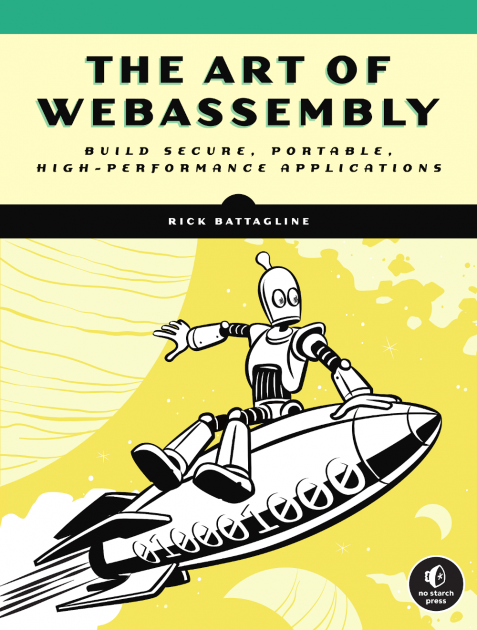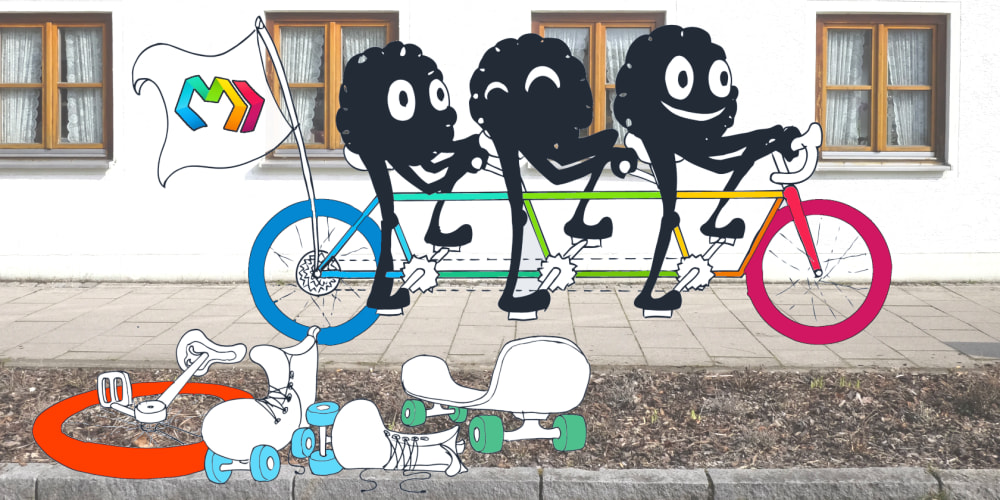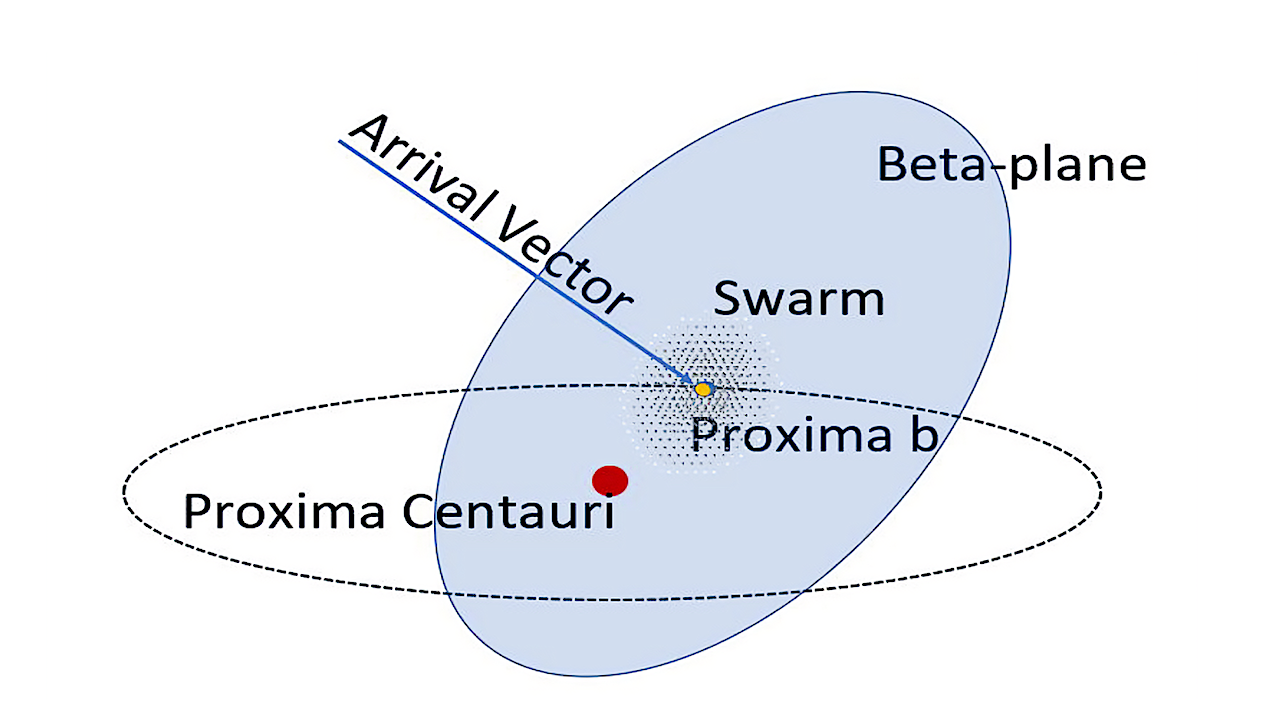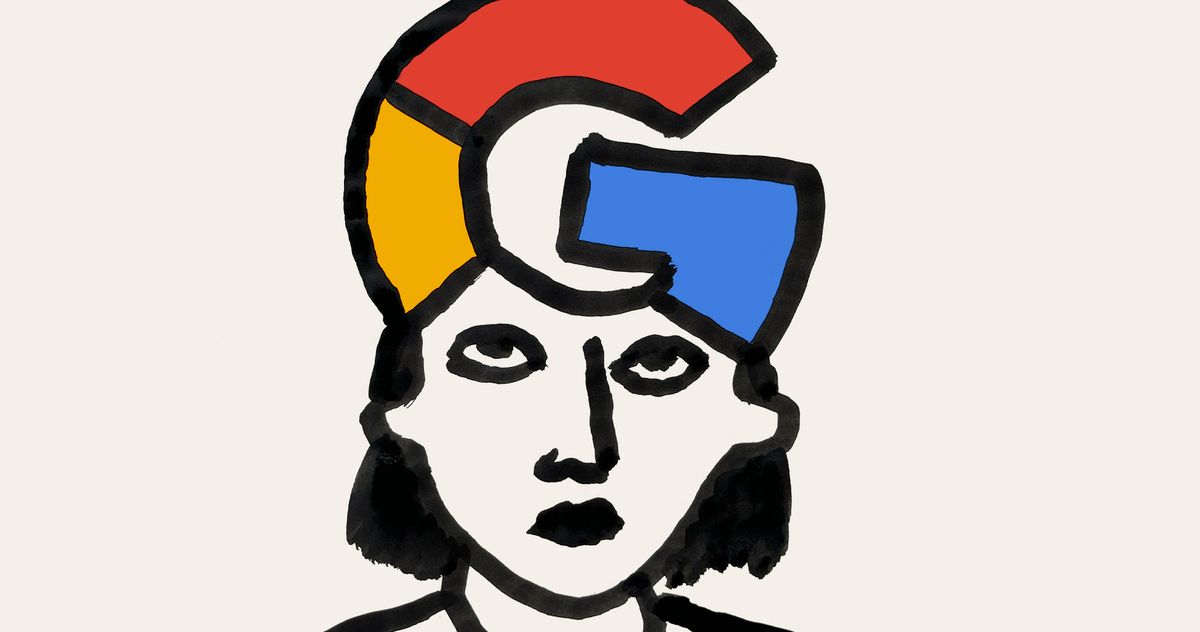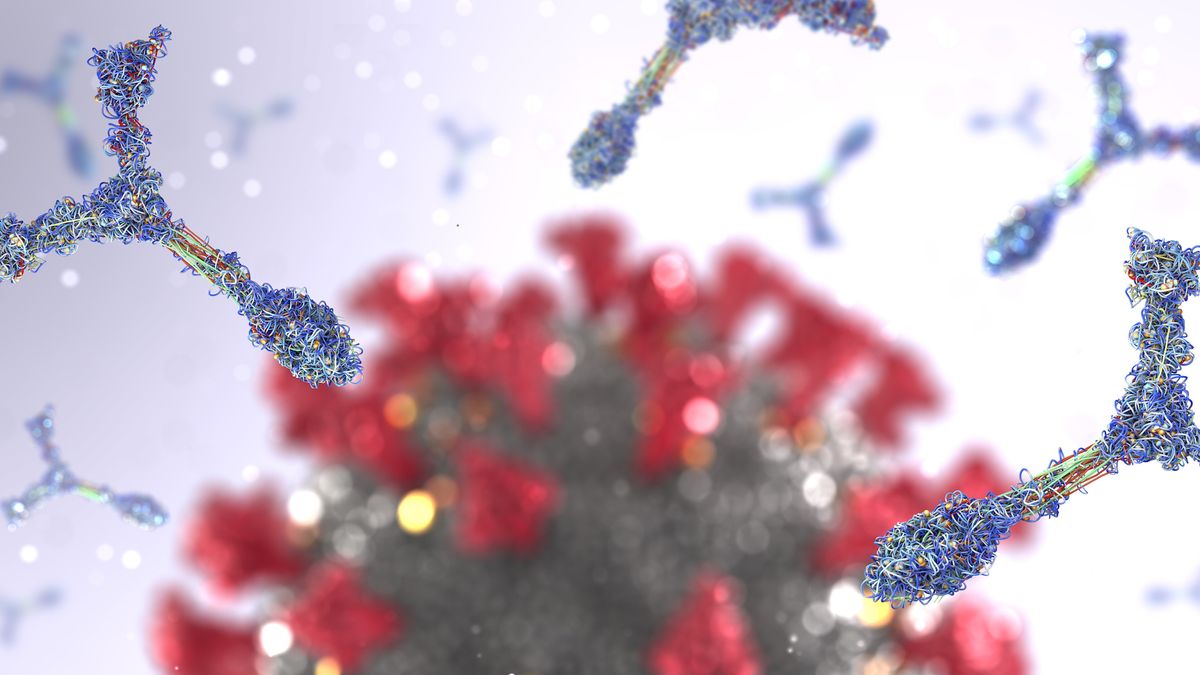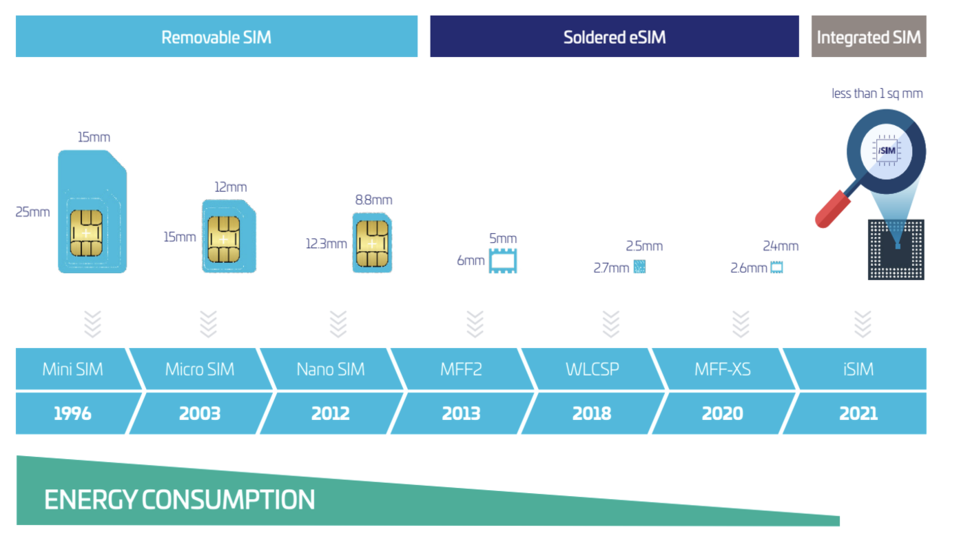
Confronting ableism to build a more inclusive web
Web software, like all technology, amplifies the priorities of the people who build it. What does that say about our commitment to web accessibility?
It’s been more than 30 years since the passage of the landmark Americans with Disabilities Act, and more than 15 years since the release of Web Content Accessibility Guidelines 2.0. Tools and instructions for building a more accessible web are plentiful, and yet today’s web practitioners still struggle to build an accessible, inclusive web.
“A system of assigning value to people's bodies and minds based on societally constructed ideas of normalcy, productivity, desirability, intelligence, excellence, and fitness. These constructed ideas are deeply rooted in eugenics, anti-Blackness, misogyny, colonialism, imperialism, and capitalism. This systemic oppression leads to people and society determining people's value based on their culture, age, language, appearance, religion, birth or living place, [‘health’ or ‘wellness’], and/or their ability to satisfactorily (re)produce, ‘excel’ and ‘behave’. You do not have to be disabled to experience ableism.” (Lewis, 2022)
“[A]ny item, piece of equipment, or product system, whether acquired commercially off the shelf, modified, or customized, that is used to increase, maintain, or improve functional capabilities of individuals with disabilities.” (U.S. Tech Act of 1988)




